Why Are Jersey Cows So Popular?
When most of us think about dairy cows, we probably envision the classic black and white Holstein. Most dairy cows in the U.S. are Holsteins, but they may not be the best choice for homesteaders who want to enjoy raw milk from a cow of their own. Jersey cows have grown in popularity with homesteaders and hobby farmers for many reasons. The second-largest breed of dairy cattle in the world, Jerseys produce a decent quantity of milk considering their small size. A healthy, average-sized Jersey gives about 16,000 pounds of milk per year. That is a lot of cheese, yogurt, and creamy ice cream! Let’s take a deeper dive into all the reasons why this dairy cow breed is taking over the local homesteading scene.
Popularity Point #1: Jersey Cow Cuteness Factor
With their soft, brown hair and big, beautiful eyes, it is easy to fall in love fast with Jersey cows (especially when they are calves). Cuteness overload is the best way to describe them. A few slow blinks from their eyes and most homesteaders find themselves captivated. If we rate dairy cows by sheer cuteness level, Jerseys win hands-down every time. Want to boost that adorability factor? Check out Miniature Jersey Cows. They only grow to a height of 3 feet at their shoulders. Like their larger counterparts, they still produce some awesome milk, which is popularity point #2 on our list.
Popularity Point #2: Jersey Cows are Dairy Queens
Homesteaders and dairy cow enthusiasts who want to enjoy some of the richest, creamiest, and healthiest milk they can get will appreciate all those things about Jerseys. To say they are Dairy Queens is not an exaggeration. Considering their small size – 900 pounds average – most can produce up to 6 gallons of milk each day. If you feed your Jersey fermented barley grain, it can increase their milk production.
Having a lot of raw milk to work with is not the only reason Jersey cows earn the dairy queen label. According to the American Jersey Cattle Association, this breed produces the highest-quality milk for human consumption. The association contends that compared with the average glass of milk from the grocery store, Jersey milk has 15 to 18 percent more calcium, 10 to 12 percent more phosphorous, and higher levels of B12. Did we mention the 5 percent butterfat component of jersey raw milk? That’s what makes cheeses, yogurts, and ice creams made from their milk so tasty.
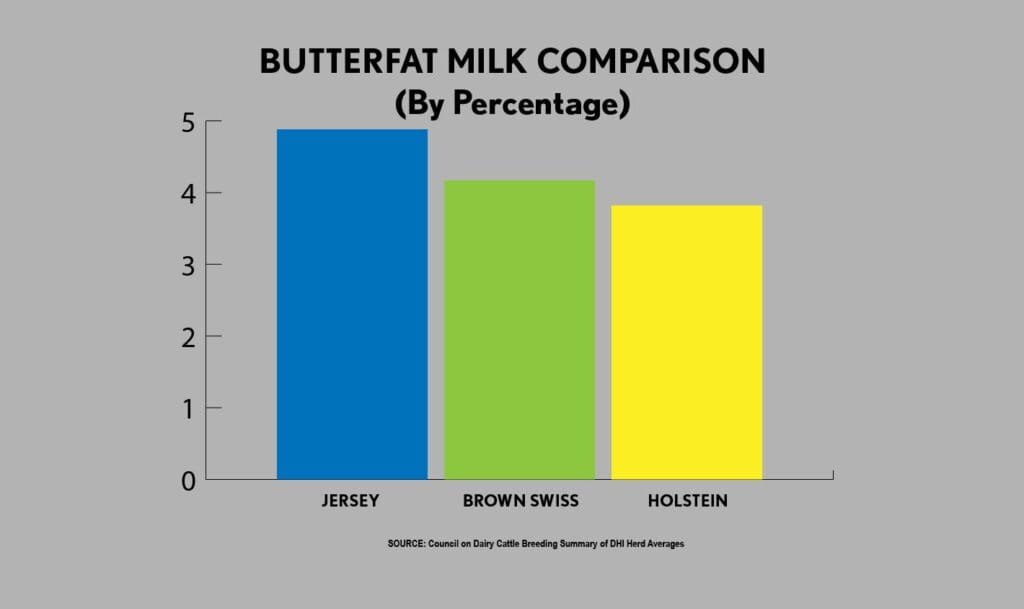
Popularity Point #3: Jersey Cow Temperament
Curious and docile, most Jersey cows make excellent companions in addition to giving their owners delicious milk. Often described as the “pet that you can milk,” their temperament makes the milking process easier. Jerseys will follow their owners anywhere (if there is a bucket of feed involved), including to the barn at milking times. Both experienced and newbie milkers can appreciate the patience of Jersey cows during the milking process. This is especially important for first-timers who still may be struggling to figure out the best way to milk their cow.
Popularity Point #4: Jersey Cows Lifespan and Reproduction
Most cattle live between 18 and 22 years. Some Jersey cows can extend that lifespan to 25 years or longer. The oldest Jersey cow on record lived to 37 at an animal rescue center in the United Kingdom. Jersey cattle have 72.1 percent herd longevity compared with 68.1 percent of all other breeds and crossbreeds. Their lower rates of clinical mastitis and being less susceptible to disease and injury contribute to their longer life spans. Jersey cows also reach their productive age sooner than some other dairy breeds, adding to their value. They can birth their first calves when they are around 2 years old, weeks before most Holsteins can calve for the first time.
Popularity Point #4: Jersey Cows Can Produce A2 Milk
Some Jersey cows make A2 milk, which means people with certain milk allergies can enjoy cheeses, yogurts, and ice cream made from their milk. Most people who identify as having a milk allergy have a sensitivity to the A1 beta-casein milk protein. Drinking milk from cows that produce A2 beta-casein is a good alternative, but it can be difficult to find in the stores in the U.S. Jersey cows produce A2 milk, making them an excellent dairy cow for anyone who enjoys milk and milk products.
Learn more about why Jersey cows are so popular
Homesteaders and dairy cattle hobbyists who want to learn more about Jersey cows can check out the resources here at Jersey Milk Cow. As Jersey homesteaders ourselves, we regularly share all the best tips and tricks for owning your own Jersey Dairy Queen. Subscribe to our newsletter to get our valuable information delivered directly to your email inbox.
In our kitchen, we only use cultures from Cultures for Health.
Get yours here and start culturing today.
Popular Articles
Newsletter
Get signed up to get latest updates and new information from the Jersey Milk Cow!
This site uses Akismet to reduce spam. Learn how your comment data is processed.

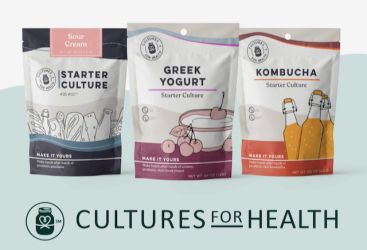
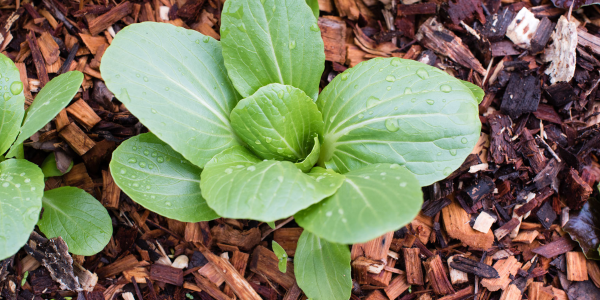
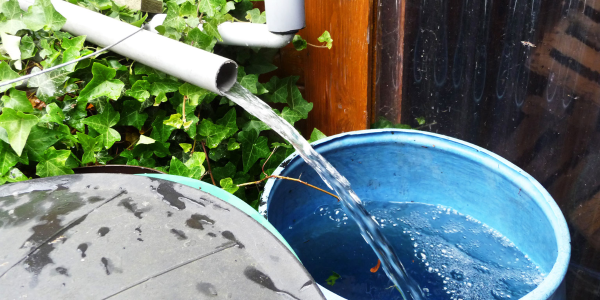

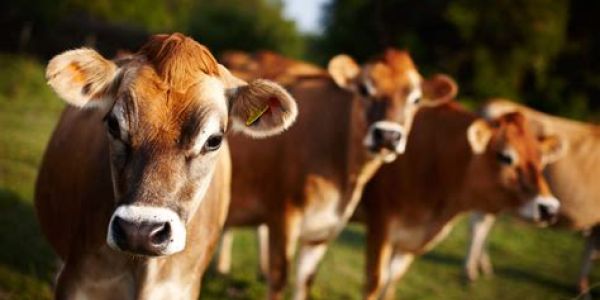
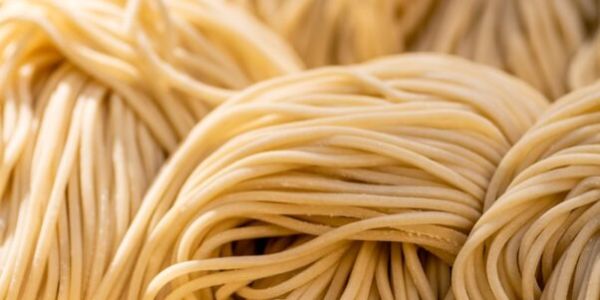
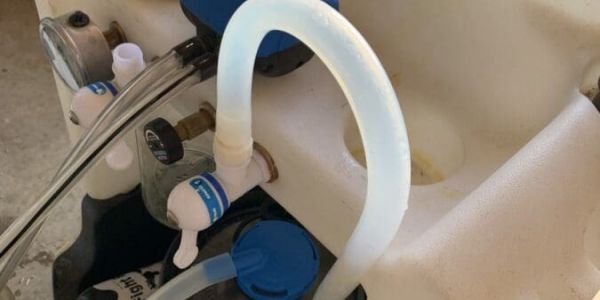
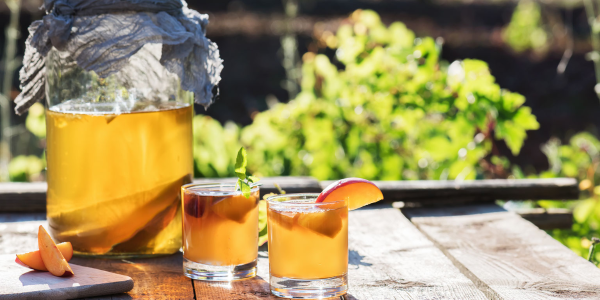

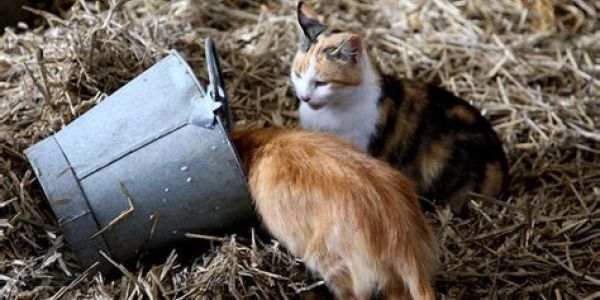

Leave a Reply